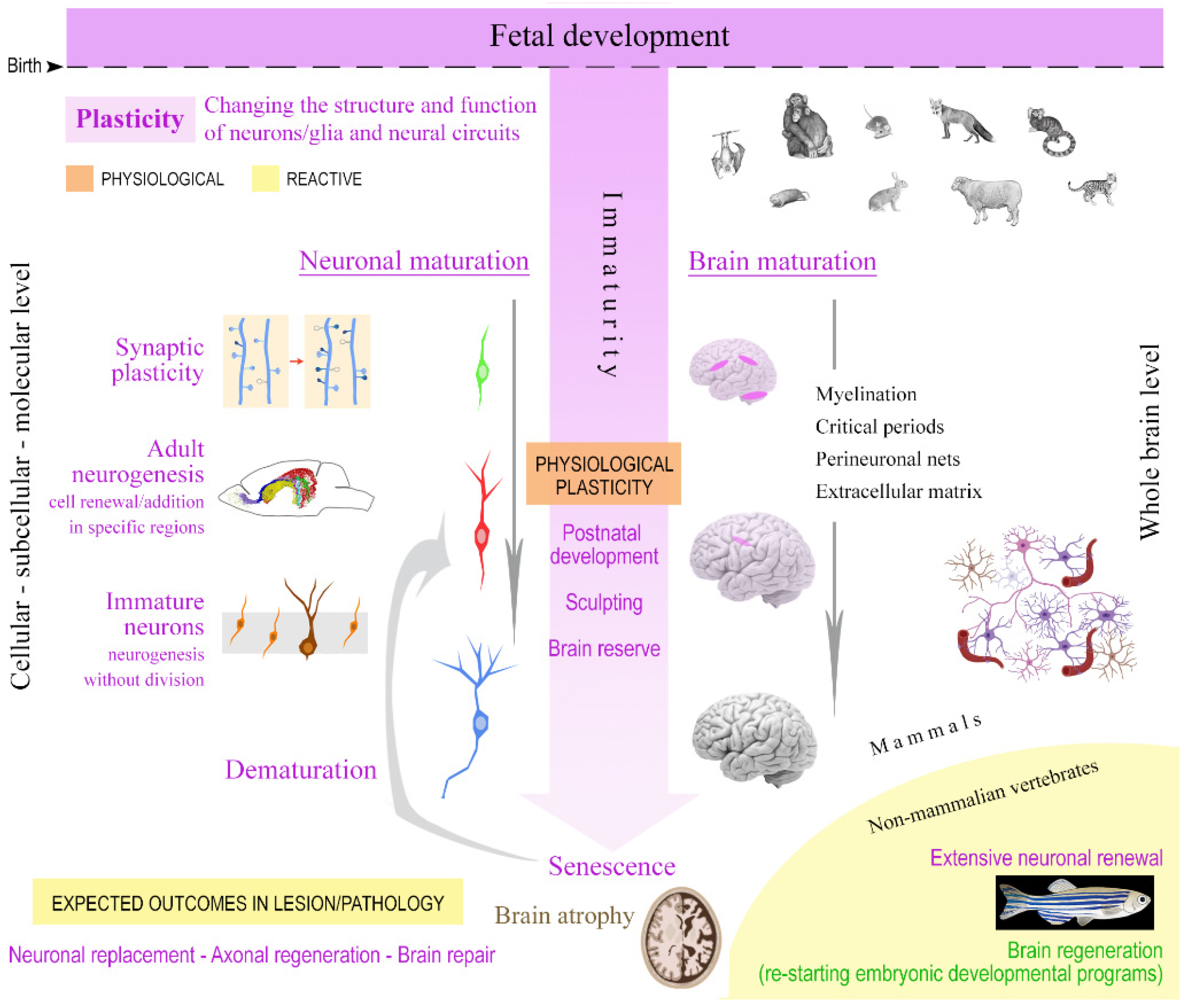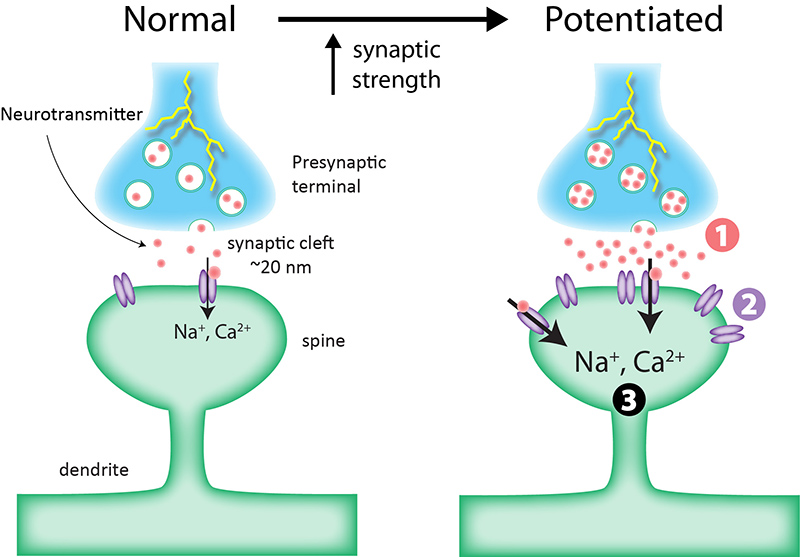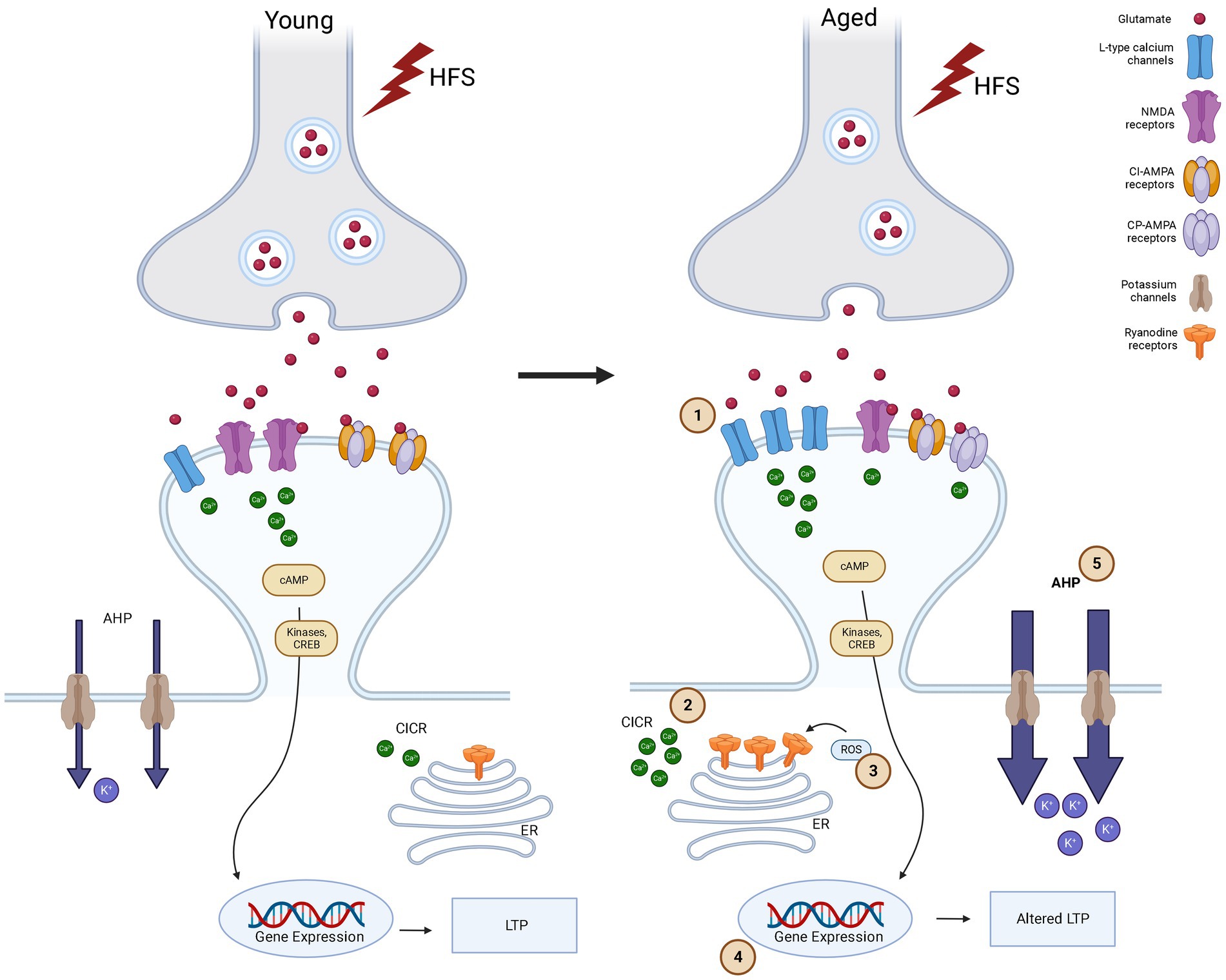Revolutionary LSD Analogue JRT Shows Promise in Treating Psychiatric Disorders Without Hallucinations
JRT: LSD Analogue Treats Psychiatric Disorders Without Hallucinogenic Effects
In a groundbreaking development that could transform psychiatric treatment, researchers at the University of California, Davis have engineered a modified version of LSD that retains therapeutic benefits while eliminating hallucinogenic effects. This innovative compound, named JRT, shows remarkable potential for treating schizophrenia and other psychiatric disorders by promoting neuroplasticity in the brain.
The “Tire Rotation” Technique: How the LSD Analogue JRT Was Created
The development of this LSD analogue represents a remarkable feat of chemical engineering. The research team, led by Dr. David E. Olson, director of the Institute for Psychedelics and Neurotherapeutics at UC Davis, created JRT through a subtle but crucial modification to LSD’s molecular structure.
“Basically, what we did here is a tire rotation,” explains Dr. Olson. “By just transposing two atoms in LSD, we significantly improved JRT’s selectivity profile and reduced its hallucinogenic potential” [1]. This seemingly minor adjustment took nearly five years to perfect through a complex 12-step synthesis process.
The molecule was named after Jeremy R. Tuck, a former graduate student in Olson’s laboratory who first synthesized it. Despite having the exact same molecular weight and overall shape as LSD, this LSD analogue exhibits distinctly different pharmacological properties that make it uniquely suited for therapeutic applications. You can learn more about the development of psychoplastogens at UC Davis.
How the LSD Analogue JRT Promotes Neuroplasticity to Treat Psychiatric Disorders
At the heart of JRT’s therapeutic potential is its ability to promote neuroplasticity—the brain’s ability to reorganize itself by forming new neural connections. This property is particularly significant for treating psychiatric disorders like schizophrenia, which are characterized by decreased dendritic spine density in the cortex [2]. For more information on neuroplasticity and mental health, visit the National Institute of Mental Health’s resource page.
In laboratory studies with mice, the LSD analogue JRT demonstrated remarkable neuroplastic effects, including:
- A 46% increase in dendritic spine density
- An 18% increase in synapse density in the prefrontal cortex
- Enhanced cognitive flexibility, addressing deficits in reversal learning associated with schizophrenia
- Potent antidepressant effects approximately 100 times more powerful than ketamine
These findings suggest that this LSD analogue could potentially address both the cognitive deficits and negative symptoms of schizophrenia, which current treatments often fail to adequately address [3]. Therefore, JRT represents a major breakthrough in psychiatric treatment development.
LSD Analogue JRT’s Unique Mechanism: Selective Serotonin Receptor Targeting
JRT’s therapeutic effects stem from its interaction with specific serotonin receptors in the brain. The LSD analogue is highly selective for binding to 5-HT2A receptors, the activation of which is key to promoting cortical neuron growth [4]. You can find more details about serotonin receptors at the Science Direct serotonin receptor information page.
Unlike traditional psychedelics, however, JRT achieves this receptor activation without triggering the signaling pathways responsible for hallucinations. Consequently, this selective action represents a significant advancement in psychedelic-based therapeutics. It allows for the beneficial neuroplastic effects without the perceptual disturbances that would be particularly problematic for patients with conditions like schizophrenia.
Dr. Olson emphasizes this point: “No one really wants to give a hallucinogenic molecule like LSD to a patient with schizophrenia. The development of JRT emphasizes that we can use psychedelics like LSD as starting points to make better medicines” [1]. Learn more about the challenges of treating schizophrenia from the Schizophrenia.com treatment resources.
The LSD Analogue JRT Addresses Limitations of Current Schizophrenia Treatments
Current treatments for schizophrenia primarily focus on managing positive symptoms (such as hallucinations and delusions) by targeting dopamine pathways. However, they often fall short in addressing negative symptoms (like social withdrawal and anhedonia) and cognitive deficits, which can be equally debilitating [5].
Clozapine is currently the only medication that shows some efficacy against these negative and cognitive symptoms. However, it comes with significant side effects and is typically reserved for treatment-resistant cases [6]. Approximately 40-70% of patients with treatment-resistant schizophrenia have a poor response to clozapine, highlighting the urgent need for alternative treatments [7].
The LSD analogue JRT represents a promising alternative, as it directly addresses the structural brain changes associated with schizophrenia. By promoting neuroplasticity and enhancing synaptic connections, JRT could potentially improve cognitive function and alleviate negative symptoms without the side effects associated with current medications. For more information on treatment-resistant schizophrenia, visit the American Psychiatric Association’s resource page.
Psychoplastogens: The LSD Analogue JRT Leads a New Class of Psychiatric Medications
JRT belongs to an emerging class of compounds known as psychoplastogens—drugs that promote structural and functional neural plasticity. Unlike traditional psychiatric medications that primarily target neurotransmitter levels, psychoplastogens aim to address the underlying structural abnormalities in the brain [8]. To understand more about this emerging field, check out the MAPS research on psychedelic compounds.
This approach represents a paradigm shift in psychiatric treatment, focusing on brain repair rather than merely symptom management. As Dr. David Olson noted in a 2018 paper, “Their use in psychiatry represents a paradigm shift in our approach to treating brain disorders as we focus less on rectifying ‘chemical imbalances’ and more on addressing the structural abnormalities that are common in conditions like depression, anxiety, and PTSD” [9].
The LSD analogue JRT’s development highlights the potential of this approach, demonstrating that it’s possible to harness the neuroplastic benefits of psychedelics while minimizing their risks. Therefore, this could open the door to a new generation of psychiatric medications that are more effective and have fewer side effects than current options.
Beyond Schizophrenia: The LSD Analogue JRT Shows Promise for Multiple Psychiatric Disorders
While the current research focuses primarily on JRT’s potential for treating schizophrenia, its neuroplastic properties suggest it could benefit a range of psychiatric and neurological conditions characterized by synaptic loss and brain atrophy. For a broader understanding of neuropsychiatric disorders, visit the World Health Organization’s mental health resources.
The LSD analogue’s potent antidepressant effects—approximately 100 times more powerful than ketamine at a fraction of the dose—suggest it could be particularly valuable for treating depression, especially treatment-resistant cases [10]. Additionally, its ability to enhance cognitive flexibility could make it useful for conditions like obsessive-compulsive disorder and addiction.
Researchers are currently testing JRT’s potential against other neurodegenerative and neuropsychiatric diseases, with promising early results. As Dr. Olson states, “JRT has extremely high therapeutic potential. Right now, we are testing it in other disease models, improving its synthesis, and creating new analogues of JRT that might be even better” [1].
Safety Profile and Future Development of the LSD Analogue JRT
One of the most significant advantages of JRT is its improved safety profile compared to traditional psychedelics. In mouse models, the LSD analogue did not produce hallucinogenic-like behaviors typically seen with LSD. Importantly, it also did not promote gene expression associated with schizophrenia—something that is typically amplified with LSD use [11].
This suggests that JRT could be safely used in patient populations where psychedelics are currently contraindicated, such as those with schizophrenia or a family history of psychosis. However, it’s important to note that this LSD analogue is still in the preclinical stage of development. Extensive clinical trials will be necessary to fully establish its safety and efficacy in humans. For updates on clinical trials, you can visit ClinicalTrials.gov.
The development of JRT is being supported by Delix Therapeutics, a company co-founded by Dr. Olson that aims to bring neuroplastogens to market. The company is working to refine JRT’s synthesis and develop improved analogues, with the goal of eventually conducting human clinical trials [12]. You can learn more about their work at the Delix Therapeutics website.
The Future of Psychiatric Treatment: LSD Analogue JRT Leads a Paradigm Shift
The development of JRT represents a significant step forward in psychiatric treatment, potentially offering a new approach to conditions that have long been challenging to treat effectively. By targeting the structural abnormalities in the brain rather than just neurotransmitter levels, this LSD analogue could potentially offer more comprehensive and lasting benefits than current medications.
As Dr. Olson notes, “We may be able to create medications that can be used in patient populations where psychedelic use is precluded” [1]. This could open up new treatment options for millions of people worldwide who suffer from psychiatric disorders that don’t respond adequately to existing medications.
While JRT is still in the early stages of development, the promising results from preclinical studies suggest it could represent the vanguard of a new generation of psychiatric medications. These medications harness the therapeutic potential of psychedelics without their hallucinogenic effects. For more information on the future of psychiatric treatment, visit the American Psychiatric Association’s integrated care resources.
Conclusion: LSD Analogue JRT Offers New Hope for Psychiatric Treatment
The development of JRT, a non-hallucinogenic LSD analogue with potent neuroplastic properties, represents a significant breakthrough in psychiatric research. By retaining the therapeutic benefits of psychedelics while eliminating their hallucinogenic effects, JRT offers a promising new approach to treating schizophrenia and other psychiatric disorders.
As research continues and the compound moves toward clinical trials, this LSD analogue could potentially transform the treatment landscape for conditions that have long been resistant to conventional therapies. While challenges remain in bringing this innovative compound to market, the early results suggest that JRT and similar psychoplastogens could herald a new era in psychiatric treatment—one focused on brain repair rather than merely symptom management.
For the millions of people worldwide who suffer from treatment-resistant psychiatric disorders, compounds like JRT offer new hope for more effective and comprehensive treatment options. As Dr. Olson and his team continue to refine and develop this promising LSD analogue, the future of psychiatric treatment looks brighter than ever. To stay updated on the latest research in this field, follow the Nature journal’s neuroscience section.
References
- Fell, A. (2025, April 14). LSD-Inspired Drug Reverses Psychosis Brain Damage Without Hallucinations. Neuroscience News.
- Olson, D. E., et al. (2025). Molecular Design of a Therapeutic LSD Analogue with Reduced Hallucinogenic Potential. Proceedings of the National Academy of Sciences.
- Watry, G. (2025, April 14). Researchers Develop an LSD Analogue with Potential for Treating Schizophrenia. UC Davis.
- JRT (drug). (2025). Wikipedia.
- National Institutes of Health. (2025, May 6). An LSD analogue for treating psychiatric diseases. NIH Research Matters.
- Siskind, D., et al. (2021). Clozapine v. first- and second-generation antipsychotics in treatment-refractory schizophrenia: systematic review and meta-analysis. British Journal of Psychiatry, 218(5), 223-232.
- Nucifora, F. C., et al. (2021). Clozapine resistant schizophrenia: Newer avenues of management. Asian Journal of Psychiatry, 63, 102751.
- Psychoplastogen. (2025). Wikipedia.
- Olson, D. E. (2018). Psychoplastogens: A Promising Class of Plasticity-Promoting Neurotherapeutics. Journal of Experimental Neuroscience, 12, 1179069518800508.
- Prada, L. (2025, April 14). Scientists Messed Around With LSD and Invented a New Brain-Healing Drug. VICE.
- Chan, S. (2025, May 10). The incredible importance of a new LSD analogue. The Aggie.
- Tangermann, V. (2025). Scientists Tweaked LSD’s Molecular Structure and Created a Wild New Brain Drug. Futurism.
Related internal articles:
Healthcare AI ROI: The Definitive Investment Analysis for 2025-2026






